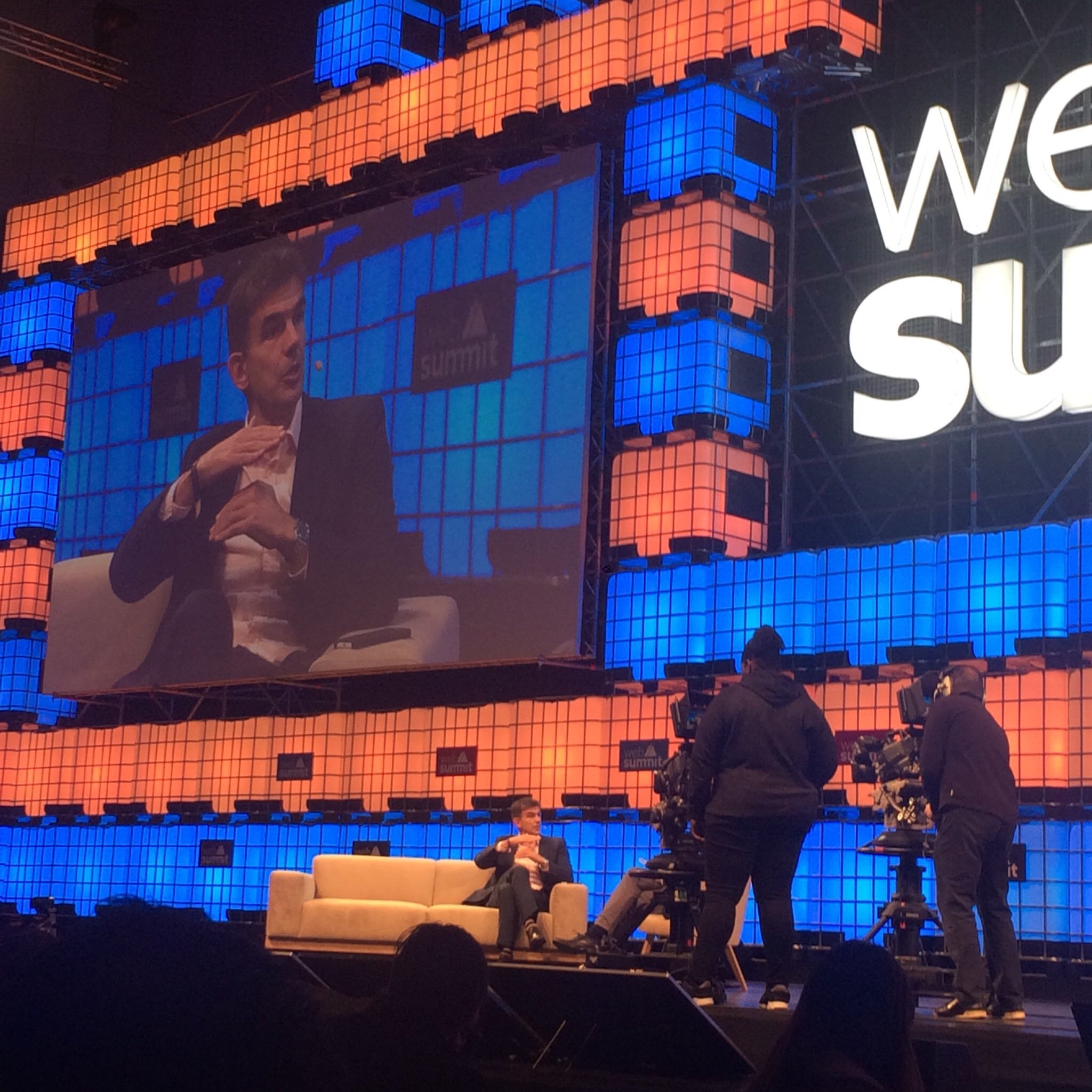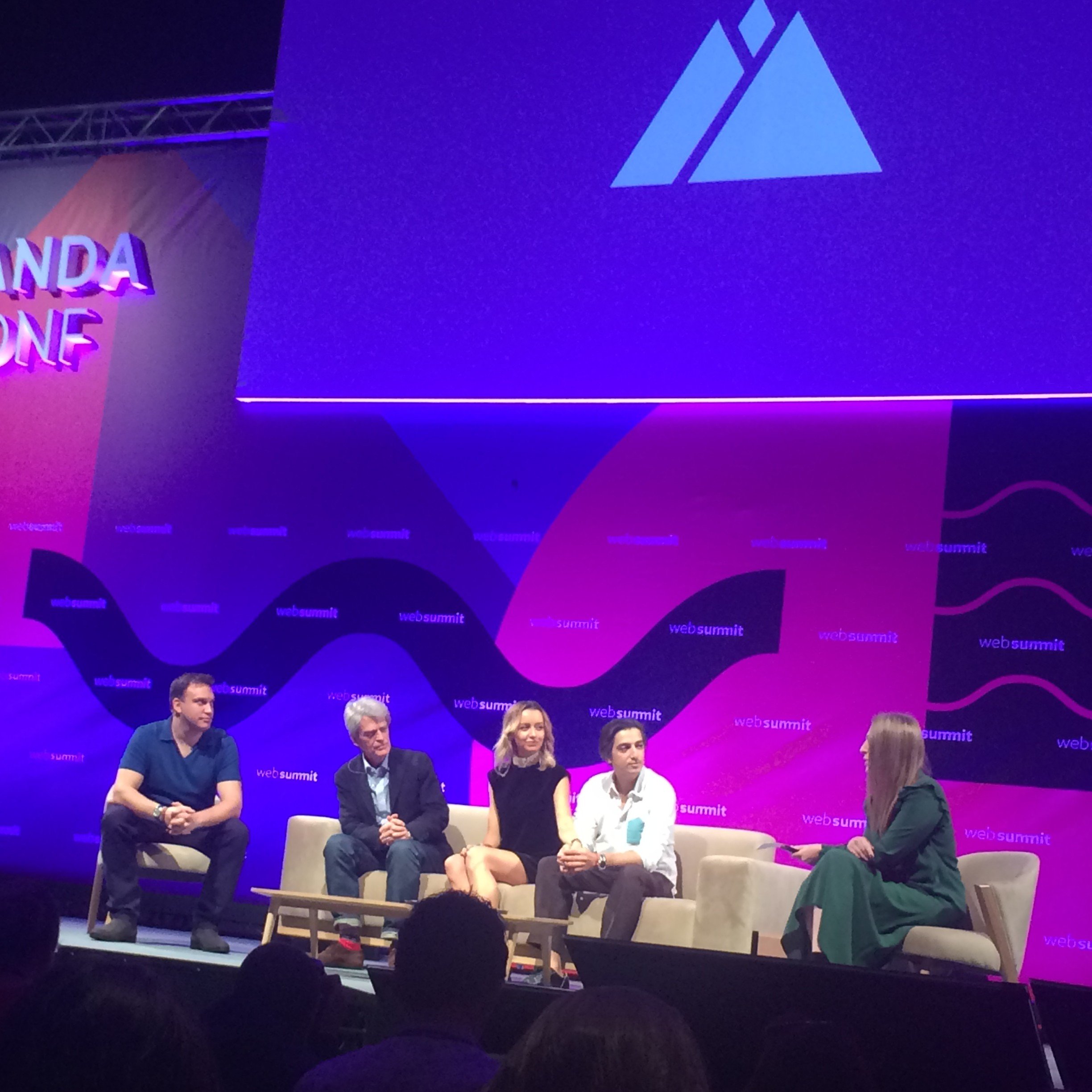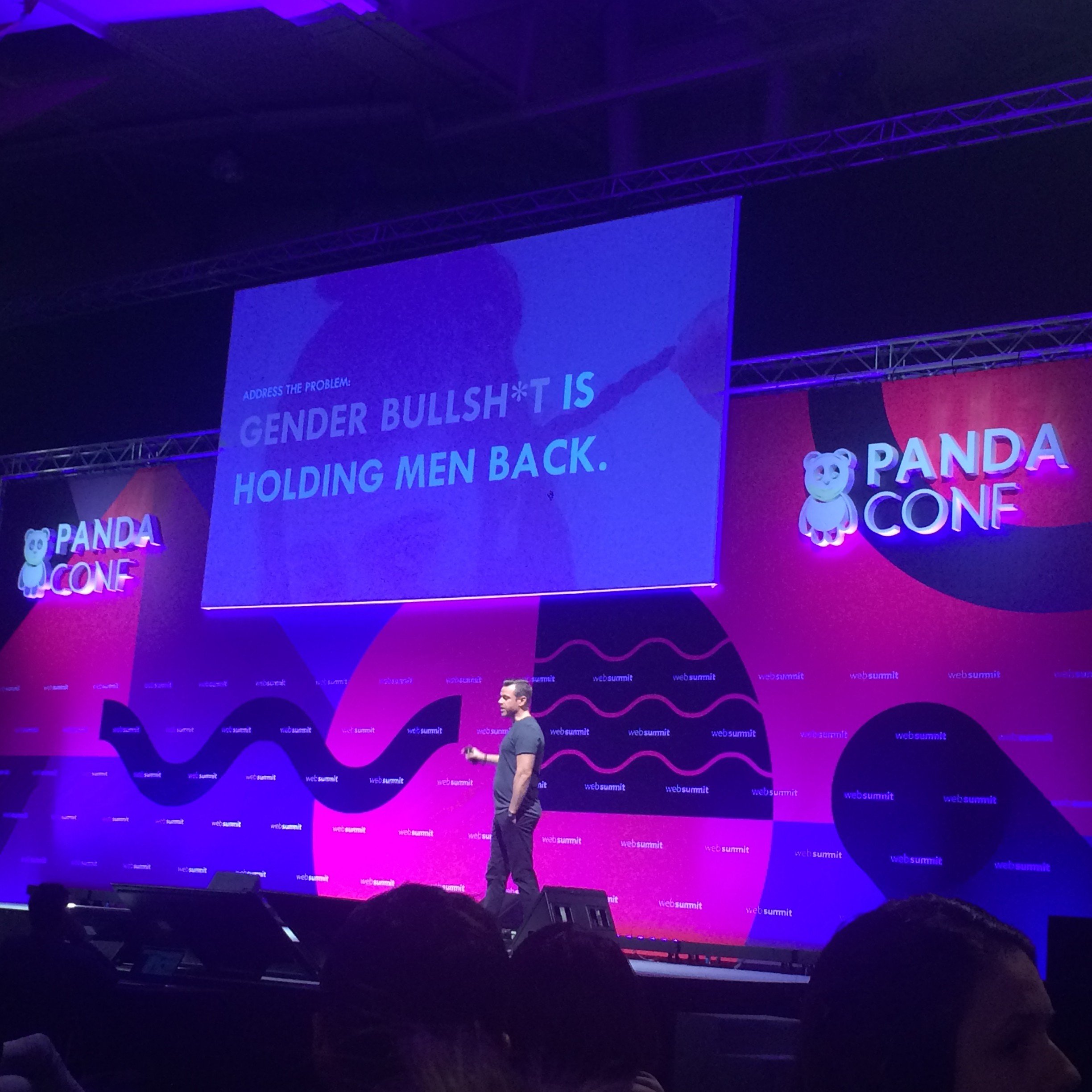Web Summit 2017 round-up
“AI can be the best, or the worst thing, ever to happen to humanity,” warns Stephen Hawking during the opening night of Web Summit 2017 in Lisbon.
Share this post
Boasting 60K+ attendees from over 170 countries, 10 different conferences including the marketing-focused Panda Conf, thousands of speakers and journalists and hundreds of start-ups, referring to this year’s Web Summit in Lisbon as ‘huge’ is an understatement.
Here’s a breakdown of the five key trends from the event every marketer should know:
Mad About AI
The theme this year was about “the promise and perils of technology”, so artificial intelligence being the most talked about topic at Web Summit came as no surprise. On the opening night, theoretical physicist Stephen Hawking warned of how AI can be the best, or worst thing, ever to happen to humanity. “We cannot know if we will be infinitely helped by AI, or ignored by it and side-lined, or conceivably destroyed by it”, he told the audience. Hawking encouraged AI creators to be well prepared for the possible consequences of AI and to employ best practice. Others debated on why AI should be regulated and have a sort of moral code.
Focusing more on the positives, CEOs and marketers on stage shared views on how AI can make businesses, and consumers’ lives, better. For Booking.com CEO Gillian Tans AI is the future of travel as it can make travel much more personalised. Meanwhile, Intel CEO Brian Krzanich showcased how the intersection of AI and data is helping the company create technological feats in autonomous driving and sports, among others.
As true as it might be that AI is the future for marketing, there is an emerging skills gap within marketing teams. WFA’s recent survey found that 73% of global marketers see AI as the biggest area of concern and predict a serious gap in company knowledge and capability in the future.
More Data, More Problems?
So what do we do with all the big data? With pressure coming from all sides, fake news, fraudulent content and privacy were the biggest concerns shared by the tech and ad industry at the event. The responsibility of media platforms and content aggregators, specifically of Google and Facebook, was also heavily debated.
Matt Brittin who leads Google in Europe had to answer some pretty tough questions. The tech giant has been making significant progress in taking down bad ads and spam content from the Web the past year (1.7 billion in total according to their Bad Ads report), however he admitted that they have a long way to go. “There is no magical technical solution to fix everything”, he said.
Let’s get ‘phygital’!
With digital expected to overtake TV in 2018, Hilton CMO Geraldine Calpin argued that many brands tend to forget, or neglect, the physical world of consumers. Her formula: physical + digital = A+ customer experience. To Calpin’s point, Portugal Telecom CEO Claudia Goya reminded brands that a lot of consumers still favour human interactions over digital.
Don’t go chasing many likes…
‘Just stick to compelling stories and content that we offer’ was the shared sentiment of social media influencers on stage when talking about working with brands. Despite influencer marketing’s great long-term potential in the marketing strategy, both brands and influencers have been placed on the hot seat in recent months by regulators and consumers with regards to their disclosure practices. Consequently, both parties are more vulnerable than ever to being fined, or worse, having their reputation damaged and experiencing consumer backlash on social.
Veteran adman Sir John Hegarty, along with the Instagram power couple behind #followmeto and Youtube stars’ Jenna Marbles and Daniel Markham emphasised on how transparency and trust should always be at the core of every brand-influencer relationship. It was also interesting to hear how influencers most often handpick the brands they collaborate with based on the values they share and the authenticity of the brand messaging. Also, the term ‘influagency’ was used to describe a new breed of influencers that offer significant creative input to marketing campaigns, beyond just providing a social mention, photo or video.
Brands are back alright!
A great line-up of C-suite executives from the likes of Lego, Unilever, Shell, Heineken and Diageo spoke about how they got their brands back on track.
Crowd favourite Lars Silberbauer, Lego’s Global Head of Social Media, shared how the brand started from scratch and entered social media ‘too late’ to becoming the most digital engaging brand in the world. Their secret to brand affinity: tapping into consumers’ creativity.
Axe CMO Rik Strubel introduced attendees to ‘The Man Box’ which consists of the socially constructed attributes men are expected to have. With toxic masculinity more topical than ever, Strubel shared how they decided to transform Axe’s messaging from the sexist ‘Axe effect’ to redefining modern masculinity and helping men stay out of The Man Box. This radical and risky move bore fruit; with successful campaigns like “Find Your Magic” and “Is it OK for guys?”, Axe was able to gain their momentum back, and then some.
Web Summit pushed to humanise technology and the companies behind them this year. As Interbrand CEO Jez Frampton perfectly puts it: “Brands are where people, tech and business meet.”



